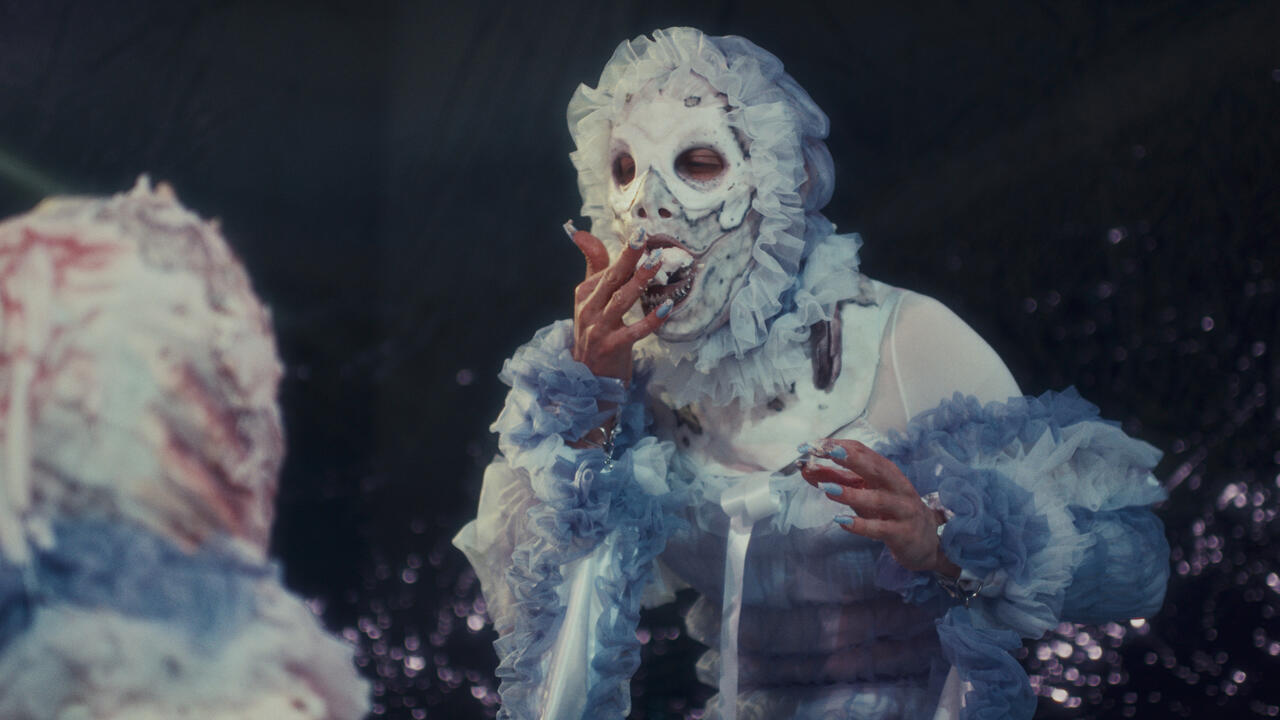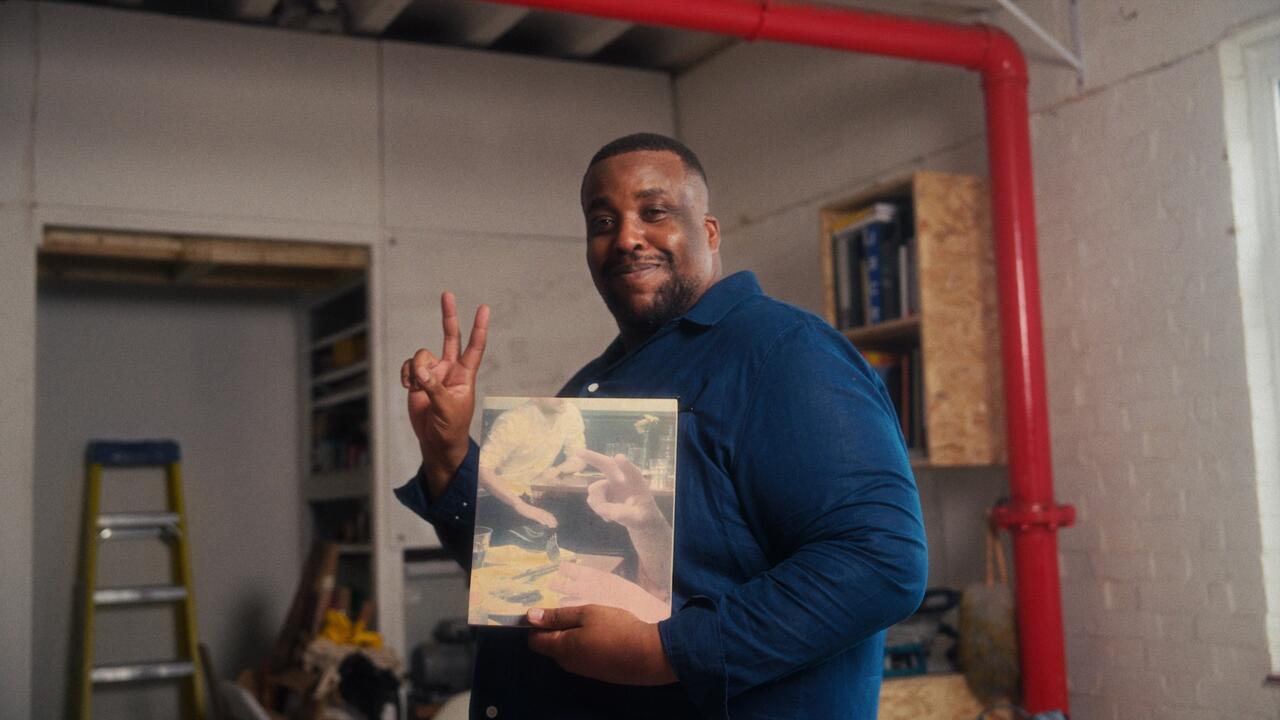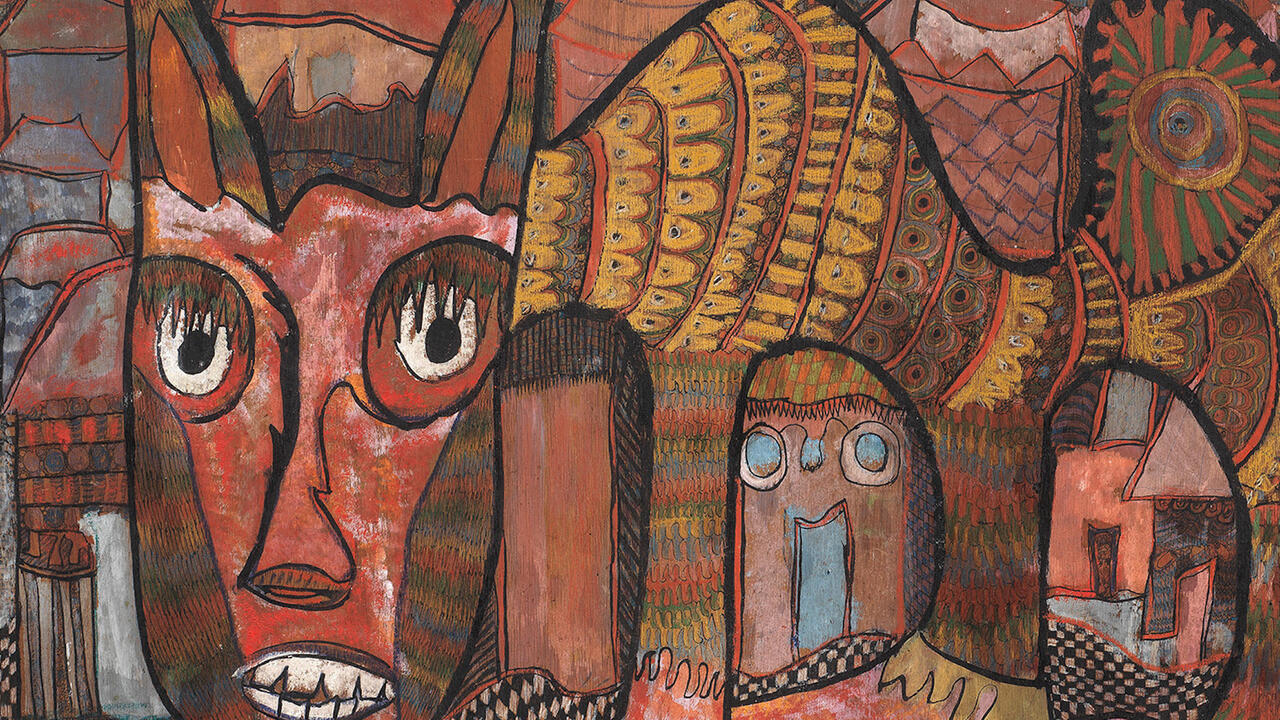Portland 2014

In the April issue of frieze, Dan Fox prefaced his review of the 2013 Carnegie International with some observations about the perplexing lack of consensus around what, today, a biennial is actually for. ‘Portland2014’ is the third in this current formulation (the Oregon Biennial ran from 1949 until 2006) but its agenda and format are still, evidently, very much up for grabs.
The biennial is hosted by the non-profit institution Disjecta and this was the first edition that had been programmed by a curator from outside Portland: Amanda Hunt, Curator-at-Large of Los Angeles non-profit LAXART. Hunt’s task cannot have been an easy one, but she delivered a clutch of thoughtfully arranged exhibitions. Whether she made a convincing case for those exhibitions adding up to a single biennial is debatable, although, since nobody knows quite how to define a biennial, it’s a hard point to resolve.
The remit of ‘Portland2014’ is to showcase the work of artists based in Oregon. This raises a number of questions: Is the biennial a summary of current art-making in the region? Does it address the concerns of the community at large? Is it simply a thematic exhibition populated by Oregon artists?
None of these approaches would be any less valid than any other, and all of them have been adopted – in roughly equal measure – by other biennials around the world.
On paper, there were 18 artists in ‘Portland2014’, although six of those work as duos meaning that, in terms of the art on view, the presentation felt rather slight. Hunt chose not to title her biennial, nor to provide a text – not a press release, nor a wall text, nor a catalogue essay – that might have given us a clue as to what her ambitions for the project were. I would like to say that this curatorial light-handedness was intelligent, brave and compelling. In general, I admire the impulse to let art works speak for themselves. But I can’t, quite. A biennial, I feel, needs to make a case and ‘Portland2014’ did not.
The polestar was the exhibition at Disjecta: a group show of seven artists who might justifiably have been surprised to find their work in the same room. A large, hectic painting by the duo Modou Dieng & Devon A. VanHouten-Maldonado, Tranquillo (2014), seemed to have little to say to eight pencil and acrylic wash drawings by D.E. May, which resemble architectural plans as dreamed by Agnes Martin. Evan La Londe’s chic black and white photograms looked somewhat disdainful of the grungy aesthetic of the sagging, entropic assemblages of Blair Saxon-Hill and Jessica Jackson Hutchins.
Certain links did emerge – Saxon-Hill and Hutchins, for instance, are studio-mates and their use of found photographs in their sculptures, and of fabric to conjure unseen bodies, seemed almost too close for comfort. Their muted palette – particularly an apricot tone that recurs in ‘Portland 2014’s print design – was echoed in May’s drawings. Kelly Rauer’s video projection, Locate (2014), extended the associations between fabric (jazzily patterned, in this case), the body and traditional painting.
In the centre of town, a solo exhibition by Ellen Lesperence was held at Upfor, a commercial gallery run by the chair of Disjecta’s board, Theo Downes-Le Guin. Grumblings about conflicts of interest aside, the show was a highlight – an ambitious total environment that included Lesperence’s drawings (knitting patterns based on garments worn by female political protesters and by Amazonian women on Ancient Greek pottery), ceramic figurines and, most strikingly, a wall-covering made by wrapping bouquets of flowers in lengths of silk and burying them in the ground.
A second (also untitled) group show, at the White Box gallery at the University of Oregon, brought together the three artists who ran the city’s Appendix Project Space until it closed in 2013. Zachary Davis, Alex Mackin Dolan and Travis Fitzgerald have now upped sticks and moved to New York. Their work – particularly Dolan’s digital collages combining photographs of chemical spills with flowery insignia – is ambitious and sharp. However, three artists who used to run a space together does not necessarily a group show make, and this exhibition, though elegant, did not provide the meat on the biennial’s bone I was hoping for. Neither did a display of letterpress print and books reconstructing Robert Smithson’s library, by Personal Libraries Library (run by Abra Ancliffe), at the hubristically named Best Art Gallery in Portland. Or Kiosk Kiosk Kiosk (2014), a public project by Christopher Michlig and John Zerzan that turned the latter’s anarchist treatises into tokenistic public sculptures and printed handouts.
Though there was plenty of good art in ‘Portland2014’, on my visit there was good art elsewhere in the city, too, and it was never clear to me why some of it was part of the biennial and some of it was not. I want more from my biennials.

















